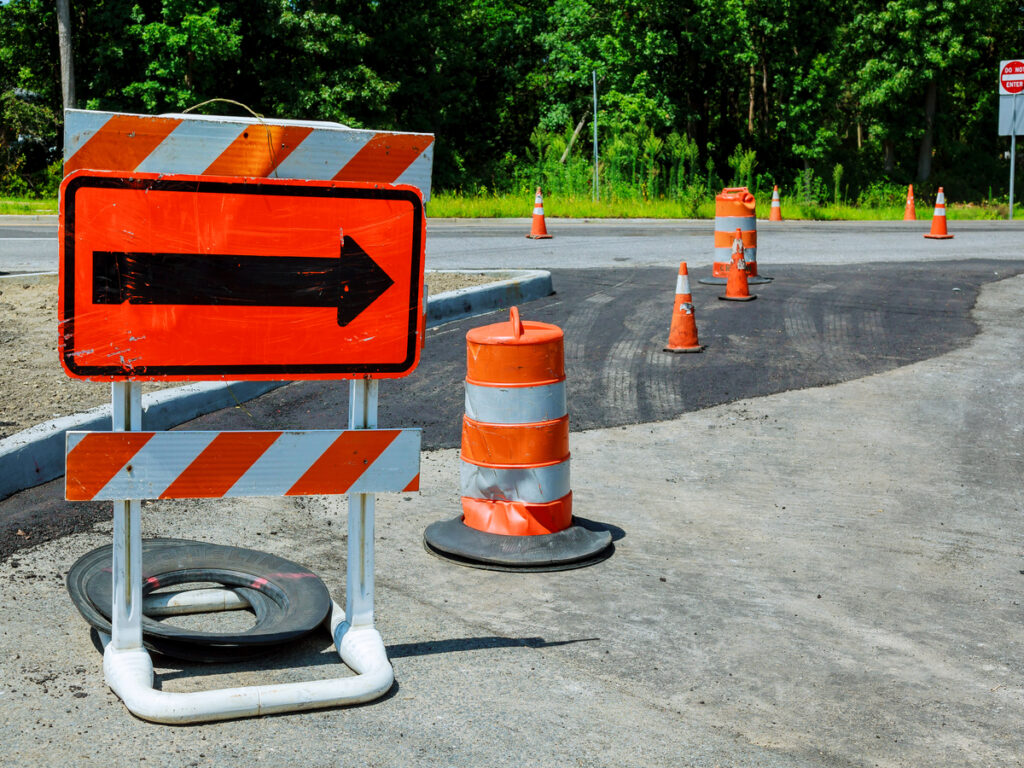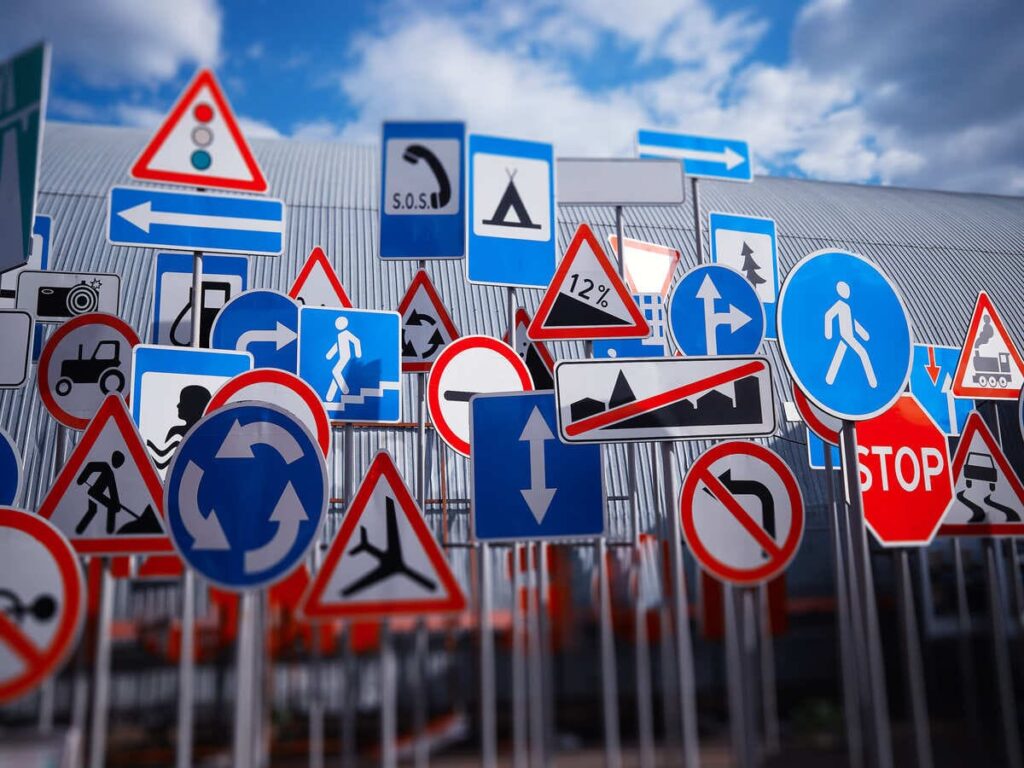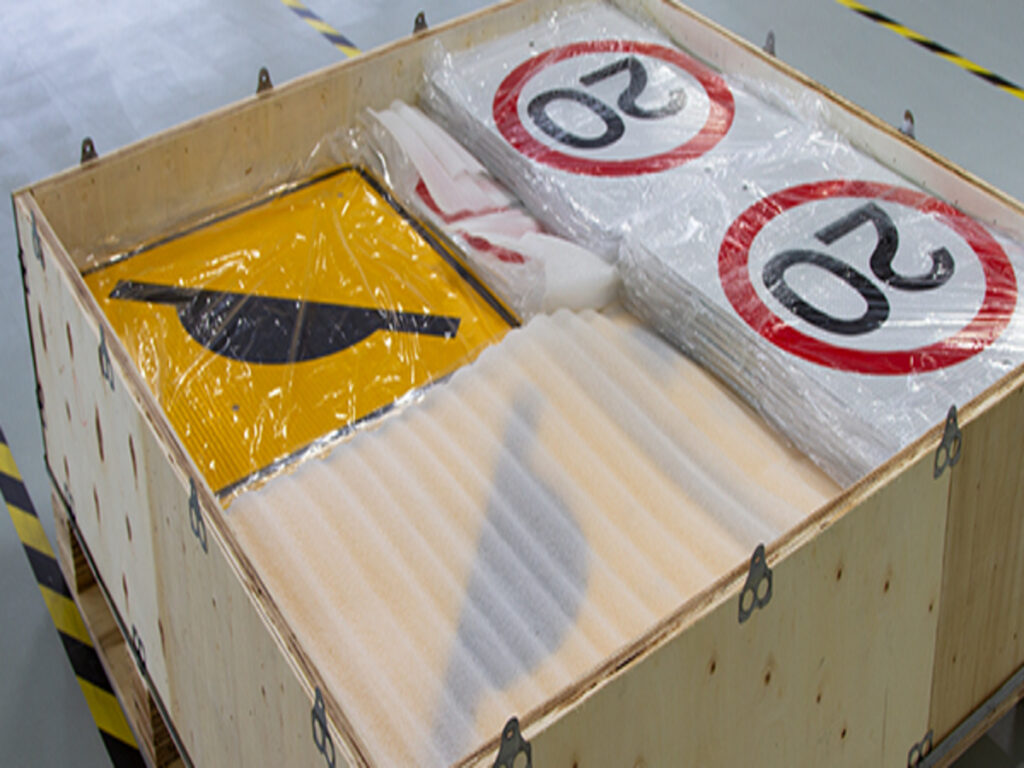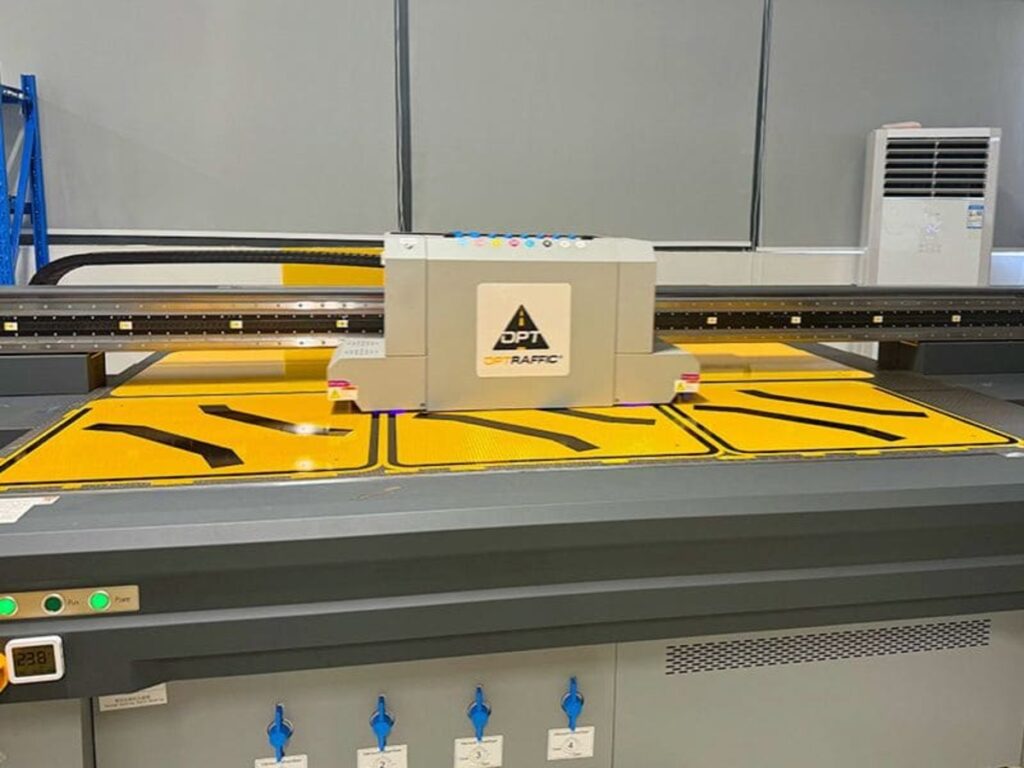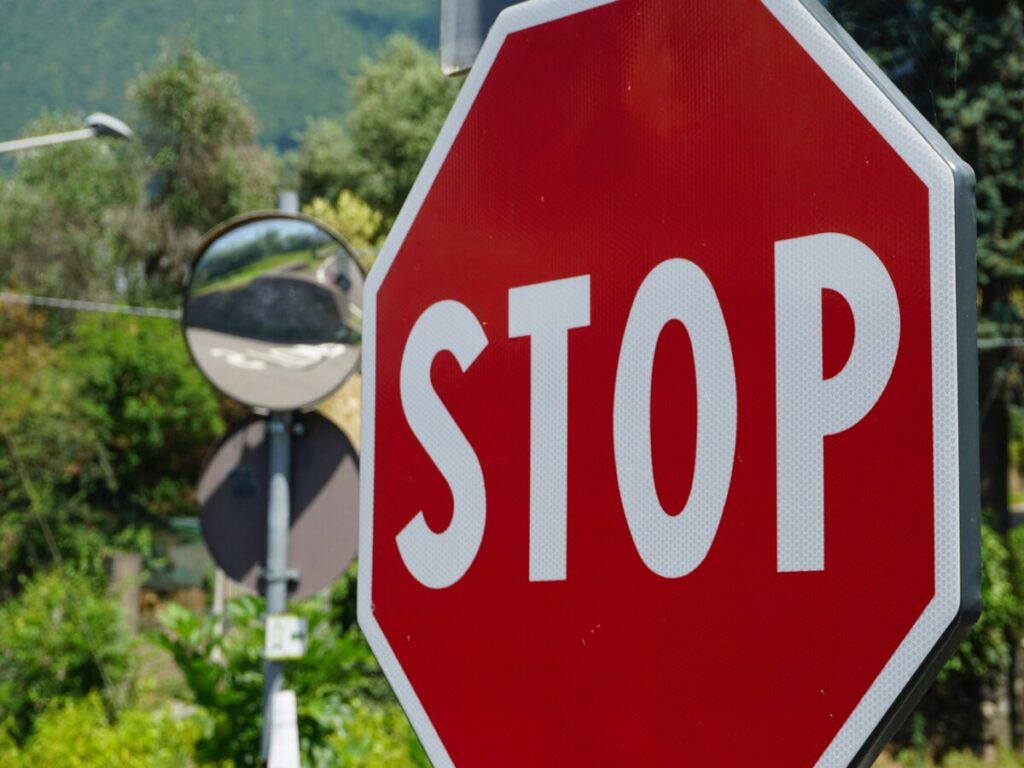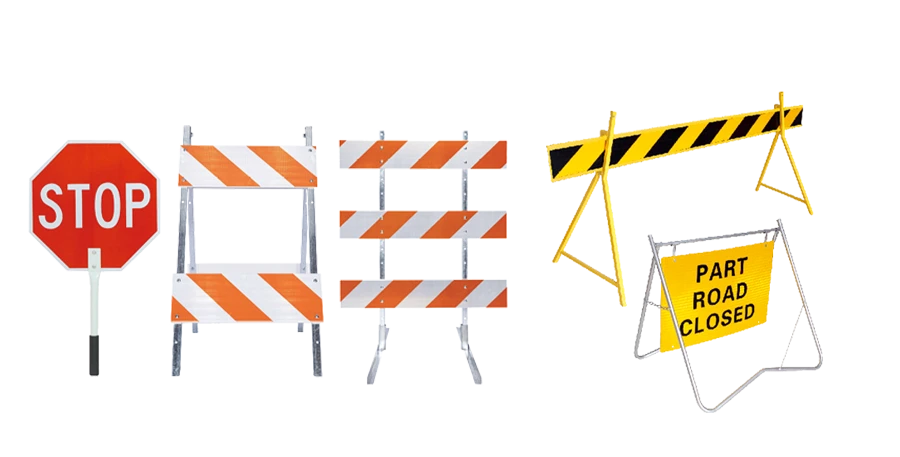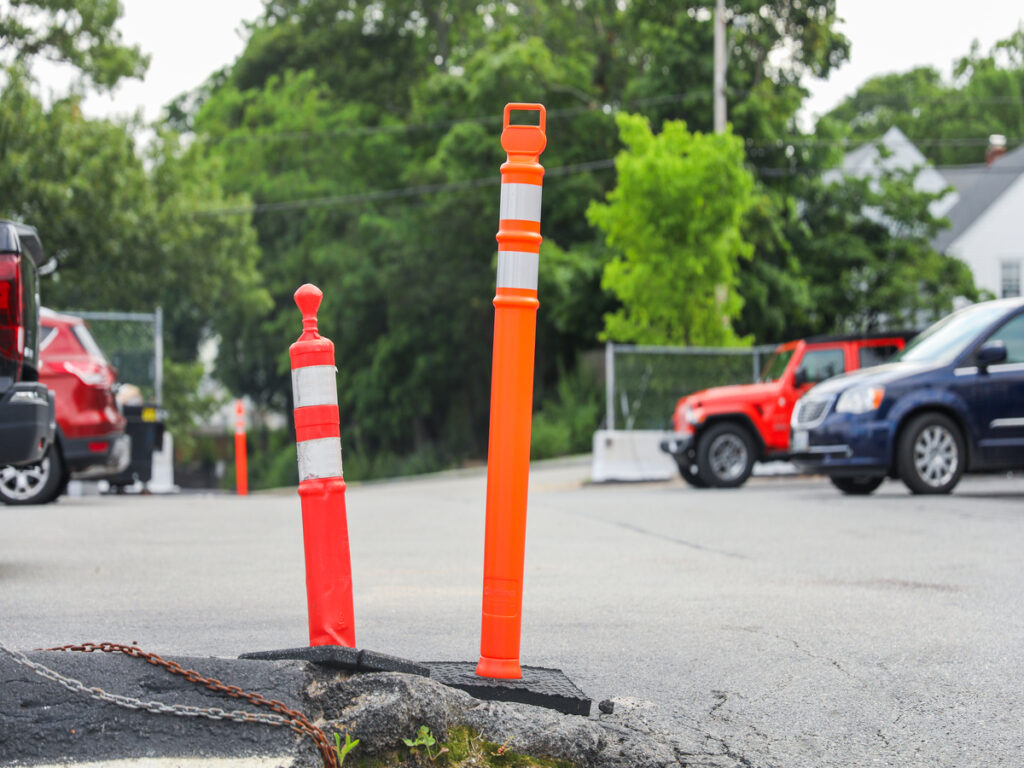
You use delineator posts to help keep workers safe. These posts also protect equipment in busy work areas. The posts show where danger is and help guide cars and trucks. This makes them very important for safety and traffic control. When picking posts, look for ones that last long and do not rust. Le material of the post est important. Par exemple, posts made from polyurethane or thermoplastic polyurethane are very strong. Here is a chart that shows how some materials compare:
| Matériel | Clôture de durabilité |
|---|---|
| Polyéthylène (PE) | Haut |
| Polyuréthane (Puan) | Très haut |
| Acétate de vinyle d'éthylène | Modéré à élevé |
| Thermoplastic PU | Très haut |
À OPTRAFIC, Nous offrons high-quality delineator posts designed for fast, effective traffic control in emergency situations. Notre flexible, durable delineator posts are built to withstand harsh conditions, providing quick deployment to ensure clear paths for emergency responders. Easy to set up and highly visible, these posts help prevent further accidents by guiding traffic safely around incident sites. Whether you’re managing a roadblock or creating a temporary detour, OPTRAFIC’s delineator posts offer reliable, long-lasting solutions for public safety agencies.
Principaux à retenir
- Pick delineator posts made from strong materials like polyurethane or stainless steel. These materials do not rust easily. Ils durent plus longtemps dans les endroits difficiles.
- Use coatings that keep out water and block UV rays. This protects your posts from rain and sun. It helps them stay bright and strong for a long time.
- Choose modular designs for easy fixing. You can swap out only broken parts. Cela permet d'économiser du temps et de l'argent. Your safety barriers will still work well.
- Check your delineator posts often for cracks or fading. Look at them every month. Cela vous aide à trouver des problèmes tôt. It keeps things safe and follows the rules.
- Pick posts with bright colors and reflective bands. Cela les rend plus faciles à voir. Cela réduit les risques d’accidents. It also helps you meet safety rules.
Choosing Durable Delineator Posts
Material Options for Corrosion Resistance
You must pick the best material for your channelizer posts. The material you choose helps your barrier stay strong in tough places. Channelizer posts are used at construction sites and chemical plants. They are also found in busy traffic areas. These places have rain, produits chimiques, and heavy vehicles.
Acier inoxydable, galvanized steel, and polyurethane are good choices. Stainless steel does not rust or get damaged by chemicals. Galvanized steel has a zinc layer that stops moisture and corrosion. Polyurethane is tough and bends without breaking. It works well for posts that need to handle hard hits.
Epoxy coatings and vinyl ester linings protect your barrier too. Epoxy resins stick tightly to the surface. They block acids, alkalis, and solvents. Epoxy coatings keep water and chemicals away from your posts. Vinyl ester linings stop bad gases from passing through.
Conseil: Put epoxy coatings on channelizer posts in chemical plants. This helps your barrier last longer and stay strong against harsh chemicals.
Here is a table that shows how materials work in tough places:
| Matériel | Résistance à la corrosion | Flexibilité | Chemical Resistance | Remarques |
|---|---|---|---|---|
| Acier inoxydable | Excellent | Faible | Haut | Best for wet and humid areas |
| Acier galvanisé | Très bien | Faible | Bien | Zinc coating adds protection |
| Polyuréthane | Bien | Haut | Modéré | Flexible and impact-resistant |
| Revêtement époxy | Excellent | N / A | Excellent | Use as a protective layer |
| Vinyl Ester | Bien | N / A | Bien | Use for gas barrier applications |
Durabilité dans des environnements difficiles
Your channelizer posts need to survive tough places. You want your barrier to last many years. Chemical plants and construction zones have wind, pluie, produits chimiques, et véhicules. The right material keeps your barrier safe and strong.
Polyurethane and molded plastic take hits and bend back. They do not snap or break easily. Heavy duty channelizer posts can hold up to 8 tonnes. They stay put even when trucks or equipment hit them.
Plastic channelizer posts do not rust. They work well in wet or rainy places. Materials like TPU, HDPE, PVC, and EVA do not fade or crack. Your barrier stays bright and easy to see. These materials also work in hot and cold weather. They can handle summer heat and winter cold.
Here is a table that shows how long materials last:
| Source | Durée de vie | Remarques |
|---|---|---|
| Steel Core Tank | 50-100 années | Needs corrosion protection for harsh environments |
| Wasatch Steel | 72-75 années | Lifespan may decrease with extreme chemical exposure |
| Galvanize It | Varie | Depends on temperature and humidity |
| Universal Galvanizing | À long terme | Good for financial planning |
Channelizer posts made from strong materials need less fixing. You save time and money on repairs. Your barrier keeps workers and equipment safe. Follow the installation steps to make sure your posts work well. Good installation helps your barrier last longer.
Note: Always check your channelizer posts after you install them. Chercher des fissures, décoloration, ou dégâts. Replace broken parts fast to keep your site safe.
You use channelizer posts to mark danger zones and guide cars. They also protect people. The right material gives you a strong barrier that lasts. You get better durability and spend less money over time.
Safety Barrier Design Features
Weatherproofing and UV Protection
You want your safety barrier to last outside. Pluie, soleil, and salty air can hurt it over time. Weatherproof coatings help protect the metal from water and salt. These coatings make a shield that keeps your safety barrier strong. W-Finish weatherized coating works well in wet and salty places. It blocks water and stops rust from forming. NANOMYTE anticorrosion coatings also protect your safety barrier from damage. These coatings help your barrier last longer in tough places.
Sunlight can make a safety barrier fade and get weak. UV-resistant materials keep your safety barrier bright and strong. Some posts use low density polyethylene with UV stabilizers. This material helps your safety barrier not fade. Other posts use flexible polyethylene with ultraviolet inhibitors. These features help your safety barrier last longer outside.
Conseil: Pick a safety barrier with weatherproof and UV-resistant features. This keeps your barrier looking good and working well for many years.
Modular Construction for Easy Replacement
A modular safety barrier makes fixing things easier. You can change only the broken part, not the whole barrier. Cela vous fait gagner du temps et de l'argent. In a big building, you may need to move or change your safety barrier often. Modular design lets you do this fast.
Here is a table that shows why modular safety barriers are smart:
| Avantage | Description |
|---|---|
| Économies de coûts | Modular design lowers labor and material costs for your safety barrier. |
| Flexibilité | You can move or change your safety barrier as your needs change. |
| Réutilisabilité | Use the same safety barrier in different places to save money. |
A modular traffic safety barrier helps keep your site safe. You can fix problems quickly and keep your safety barrier working well. This means less waiting and better protection for everyone.
Traffic Delineator Posts for Visibility
Reflective Films and High-Visibility Colors
Traffic delineator posts must be easy to see. Bright colors and shiny bands help a lot. Yellow and orange colors stand out fast. Drivers and workers notice these colors right away. These colors work well in fog or at night. Reflective films make posts even safer. Car lights hit the bands and bounce back. This makes the posts shine in dark places. Everyone can spot danger zones better.
Many posts use UV-stabilized polyethylene. This keeps colors bright for a long time. Sunlight does not make the colors fade. Some posts have two wide reflective bands. These bands are each 3 pouces de large. They meet traffic safety rules. Using these features lowers accidents by up to 80%. This helps keep workers safe in busy areas.
Conseil: Pick posts with bright colors and shiny bands. This gives your site the best safety and visibility.
Conformité aux normes de sécurité
You must follow safety rules for traffic delineator posts. Ces règles protègent les travailleurs et les conducteurs. Aux États-Unis, Mutcd sets the main rules. Posts need shiny bands and bright colors to meet these rules. Many posts also meet ANSI/ISEA and EN ISO 20471 normes. These rules need shiny parts for better visibility.
Si vous enfreignez ces règles, your company can get big fines. Fines can be over $16,500 pour chaque erreur. Si tu continues à enfreindre les règles, fines get even bigger. Not following rules can cause crashes or injuries. Pick posts that meet all safety rules to avoid problems.
- Key features for following rules:
- UV-stabilized materials keep colors bright
- Two 3-inch shiny bands
- Posts are light and easy to move
- You can install them for a short or long time
Using the right posts keeps your site safe. You avoid fines and show you care about safety.
Entretien et longévité
Routine Inspections and Upkeep
You need your safety barrier to work every day. Des contrôles réguliers vous aident à détecter rapidement les problèmes. Walk along the barrier and look for cracks or missing pieces. Make sure each safety barrier stands up straight. If you see dirt or chemicals, clean the barrier with water and mild soap. This helps your safety barrier stay bright and easy to see. If you find broken parts, replace them right away.
Conseil: Make a plan to check your safety barrier often. Monthly checks help you find small problems before they get big. This keeps your safety barrier working well and keeps everyone safe.
Here is a simple checklist for your safety barrier:
- Look for cracks or chips in the barrier.
- Check for faded colors or worn shiny bands.
- Make sure each safety barrier is steady and does not move.
- Nettoyer la saleté, huile, ou produits chimiques.
- Replace broken parts as soon as you can.
Cost-Saving Benefits Over Time
Picking a strong safety barrier saves you money later. Barriers made from ethylene-vinyl acetate do not rust or break easily. This means your safety barrier lasts longer and needs fewer fixes. You spend less time fixing and more time keeping your site safe.
Transportation agencies look at how much safety barriers cost over time. They see that strong safety barriers cost more at first, but you save money because you do not need to buy new ones often. You also save on repairs and labor. A tough safety barrier keeps your site safe and helps you follow safety rules. You get better protection and workers stay safe.
You can make your workplace safer by picking the right posts. Choose posts made from strong materials. Use weatherproof coatings to protect them from rain. Pick posts with bright colors and reflective bands. These help people see them better. Modular designs let you change broken parts fast. Check your posts often to keep safety high. Follow the rules for installing and taking care of posts. Look at the tables below for foundation choices and ways to install posts.
| Foundation Option | Caractéristiques clés |
|---|---|
| Concrete Bases | Very strong and steady. Good for posts that stay in one place. |
| Driven Posts | Works well in many types of dirt. Reste solide par mauvais temps. |
| Screw-in Anchors | Simple to put in and take out. Great for posts you move a lot. |
| Precast Foundations | Fast to set up. Always strong and made well. |
| Portable Bases | Facile à déplacer. Good for places where traffic changes often. |
Conseil: Always check the safety rules before you put in new posts. Getting advice from experts helps you follow the rules and keep everyone safe.
FAQ
What makes a delineator post corrosion-resistant?
You get corrosion resistance from materials like stainless steel, galvanized steel, or polyurethane. These materials block water, produits chimiques, et le sel. Protective coatings add another layer of defense. This helps your posts last longer in tough environments.
How do I know which material is best for my site?
You should look at your site’s conditions. For wet or chemical-heavy areas, stainless steel or galvanized steel works best. For high-impact zones, choose polyurethane. Ask an expert if you are unsure.
Why are reflective bands important on delineator posts?
Reflective bands help drivers and workers see posts at night or in low light. Cela réduit les accidents. Bright colors and reflective strips make your site safer and help you meet safety rules.
How often should I inspect my delineator posts?
You should check your posts at least once a month. Chercher des fissures, décoloration, ou des pièces lâches. Quick inspections help you catch problems early and keep your site safe.
Can I replace just one part of a modular delineator post?
Oui, tu peux. Modular posts let you swap out damaged sections without removing the whole post. Cela vous fait gagner du temps et de l'argent. You keep your safety barrier working with less effort.

